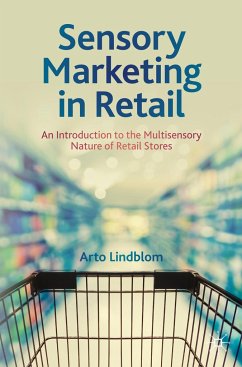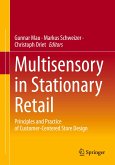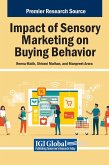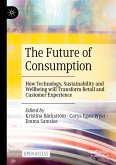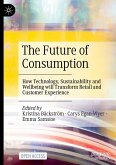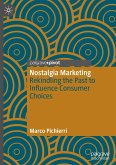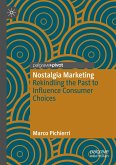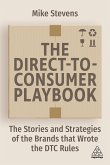Sensory marketing is a way to differentiate businesses from their competition while influencing customers and their behaviour. At its best, sensory marketing guides or helps customers to make certain choices in a way that they are unaware of what actually influenced their choices. Although it sounds like an attractive way to "nudge" customers, it is a highly demanding practice that also involves risks and ethical concerns.
This textbook delves into the world of sensory marketing in a physical retail setting and offers a comprehensive and coherent view of various sensory cues and their capacity to drive our behaviour through stimulating our senses and creating sensory experiences. It particularly highlights the meaning of the multisensory nature of retail stores and emphasises how cues tend to affect us in combination rather than separately as single cues.
After reading this book, you will be able to:
· Identify various cues in a retailing setting
· Categorise cues into different groups
· Explain how cues affect consumers when they make their daily choices
· Understand the multisensory nature of retail stores and the meaning of cue (in)congruence
· Describe how consumers are likely to respond differently to cue combinations than single cues
· Apply cues in practice and assess their outcomes.
Ideal reading for students taking classes in consumer behaviour, shopper marketing, retail marketing and store design among others, it contains more than 30 global examples from various retail companies, self-reflective questions and decisions-based questions to aid learning.
This textbook delves into the world of sensory marketing in a physical retail setting and offers a comprehensive and coherent view of various sensory cues and their capacity to drive our behaviour through stimulating our senses and creating sensory experiences. It particularly highlights the meaning of the multisensory nature of retail stores and emphasises how cues tend to affect us in combination rather than separately as single cues.
After reading this book, you will be able to:
· Identify various cues in a retailing setting
· Categorise cues into different groups
· Explain how cues affect consumers when they make their daily choices
· Understand the multisensory nature of retail stores and the meaning of cue (in)congruence
· Describe how consumers are likely to respond differently to cue combinations than single cues
· Apply cues in practice and assess their outcomes.
Ideal reading for students taking classes in consumer behaviour, shopper marketing, retail marketing and store design among others, it contains more than 30 global examples from various retail companies, self-reflective questions and decisions-based questions to aid learning.

